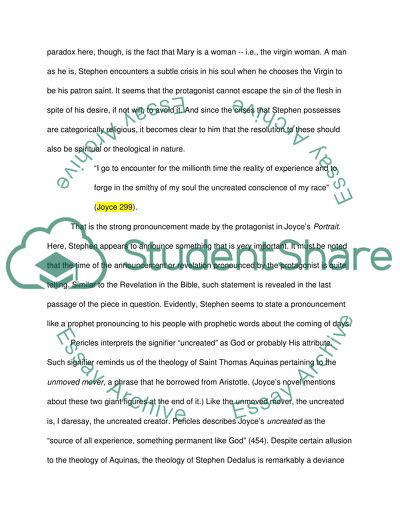Cite this document
(“Portrait of the Artist as a Young Man by James Joyce Essay”, n.d.)
Retrieved from https://studentshare.org/literature/1415095-portrait-of-the-artist-as-a-young-man-by-james-joyce
Retrieved from https://studentshare.org/literature/1415095-portrait-of-the-artist-as-a-young-man-by-james-joyce
(Portrait of the Artist As a Young Man by James Joyce Essay)
https://studentshare.org/literature/1415095-portrait-of-the-artist-as-a-young-man-by-james-joyce.
https://studentshare.org/literature/1415095-portrait-of-the-artist-as-a-young-man-by-james-joyce.
“Portrait of the Artist As a Young Man by James Joyce Essay”, n.d. https://studentshare.org/literature/1415095-portrait-of-the-artist-as-a-young-man-by-james-joyce.


